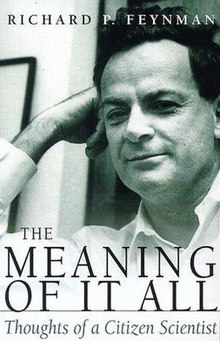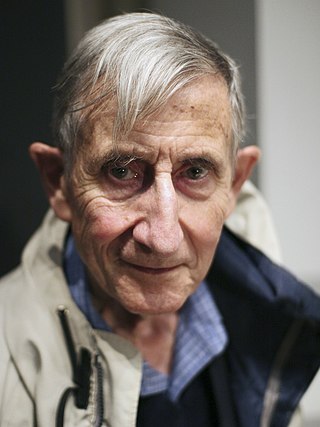
Freeman John Dyson was a British-American theoretical physicist and mathematician known for his works in quantum field theory, astrophysics, random matrices, mathematical formulation of quantum mechanics, condensed matter physics, nuclear physics, and engineering. He was Professor Emeritus in the Institute for Advanced Study in Princeton and a member of the Board of Sponsors of the Bulletin of the Atomic Scientists.

Murray Gell-Mann was an American physicist who received the 1969 Nobel Prize in Physics for his work on the theory of elementary particles. He was the Robert Andrews Millikan Professor of Theoretical Physics Emeritus at the California Institute of Technology, a distinguished fellow and one of the co-founders of the Santa Fe Institute, a professor of physics at the University of New Mexico, and the Presidential Professor of Physics and Medicine at the University of Southern California.
Physics is the natural science of matter, involving the study of matter, its fundamental constituents, its motion and behavior through space and time, and the related entities of energy and force. Physics is one of the most fundamental scientific disciplines, with its main goal being to understand how the universe behaves. A scientist who specializes in the field of physics is called a physicist.

"There's Plenty of Room at the Bottom: An Invitation to Enter a New Field of Physics" was a lecture given by physicist Richard Feynman at the annual American Physical Society meeting at Caltech on December 29, 1959. Feynman considered the possibility of direct manipulation of individual atoms as a more robust form of synthetic chemistry than those used at the time. Although versions of the talk were reprinted in a few popular magazines, it went largely unnoticed. It did not inspire the conceptual beginnings of the field of nanotechnology. Beginning in the 1980s, nanotechnology advocates cited it to establish the scientific credibility of their work.
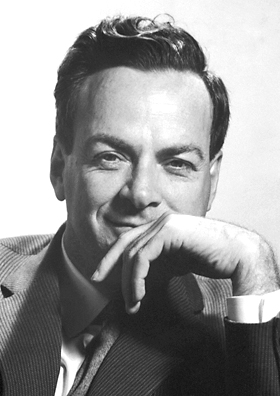
Richard Phillips Feynman was an American theoretical physicist, known for his work in the path integral formulation of quantum mechanics, the theory of quantum electrodynamics, the physics of the superfluidity of supercooled liquid helium, as well as his work in particle physics for which he proposed the parton model. For his contributions to the development of quantum electrodynamics, Feynman received the Nobel Prize in Physics in 1965 jointly with Julian Schwinger and Shin'ichirō Tomonaga.

Robert Andrews Millikan was an American experimental physicist honored with the Nobel Prize for Physics in 1923 for the measurement of the elementary electric charge and for his work on the photoelectric effect.

The oil drop experiment was performed by Robert A. Millikan and Harvey Fletcher in 1909 to measure the elementary electric charge. The experiment took place in the Ryerson Physical Laboratory at the University of Chicago. Millikan received the Nobel Prize in Physics in 1923.

Steven Weinberg was an American theoretical physicist and Nobel laureate in physics for his contributions with Abdus Salam and Sheldon Glashow to the unification of the weak force and electromagnetic interaction between elementary particles.

Kip Stephen Thorne is an American theoretical physicist known for his contributions in gravitational physics and astrophysics. A longtime friend and colleague of Stephen Hawking and Carl Sagan, he was the Richard P. Feynman Professor of Theoretical Physics at the California Institute of Technology (Caltech) until 2009 and speaks of the astrophysical implications of general theory of relativity. He continues to do scientific research and scientific consulting, most notably for the Christopher Nolan film Interstellar. Thorne was awarded the 2017 Nobel Prize in Physics along with Rainer Weiss and Barry C. Barish "for decisive contributions to the LIGO detector and the observation of gravitational waves".
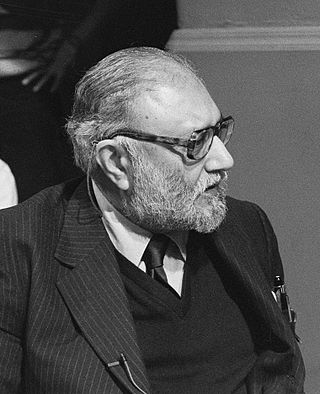
Mohammad Abdus Salam was a Pakistani theoretical physicist and a Nobel Prize laureate. He shared the 1979 Nobel Prize in Physics with Sheldon Glashow and Steven Weinberg for his contribution to the electroweak unification theory. He was the first Pakistani and the first Muslim from an Islamic country to receive a Nobel Prize in science and the second from an Islamic country to receive any Nobel Prize, after Anwar Sadat of Egypt.
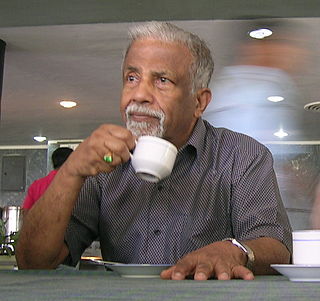
Ennackal Chandy George Sudarshan was an Indian American theoretical physicist and a professor at the University of Texas. Prof.Sudarshan has been credited with numerous contributions to the field of theoretical physics, including Glauber–Sudarshan P representation, V-A theory, tachyons, quantum Zeno effect, open quantum system and quantum master equations, spin–statistics theorem, non-invariance groups, positive maps of density matrices, and quantum computation.
David Louis Goodstein is an American physicist and educator. From 1988 to 2007 he served as Vice-provost of the California Institute of Technology (Caltech), where he is also a professor of physics and applied physics, as well as the Frank J. Gilloon Distinguished Teaching and Service Professor.

QED: The Strange Theory of Light and Matter is an adaptation for the general reader of four lectures on quantum electrodynamics (QED) published in 1985 by American physicist and Nobel laureate Richard Feynman.

Feynman's Lost Lecture: The Motion of Planets Around the Sun is a book based on a lecture by Richard Feynman. Restoration of the lecture notes and conversion into book form was undertaken by Caltech physicist David L. Goodstein and archivist Judith R. Goodstein.
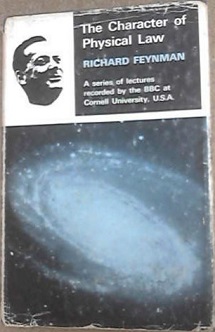
The Character of Physical Law is a series of seven lectures by physicist Richard Feynman concerning the nature of the laws of physics. Feynman delivered the lectures in 1964 at Cornell University, as part of the Messenger Lectures series. The BBC recorded the lectures, and published a book under the same title the following year; Cornell published the BBC's recordings online in September 2015. In 2017 MIT Press published, with a new foreword by Frank Wilczek, a paperback reprint of the 1965 book.
Carl M. Bender is an American applied mathematician and mathematical physicist. He currently holds the Wilfred R. and Ann Lee Konneker Distinguished Professorship of Physics at Washington University in St. Louis. He also has joint positions as Professor of Physics at the University of Heidelberg and as Visiting Professor of Applied Mathematics and Mathematical Physics at Imperial College, London.
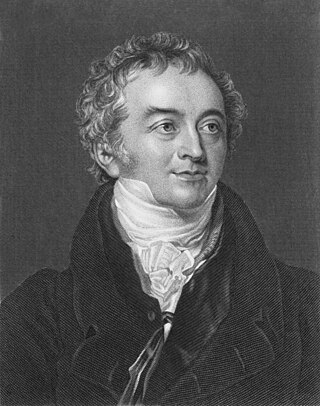
The word energy derives from Greek ἐνέργεια, which appears for the first time in the 4th century BCE works of Aristotle.
QED is a play by American playwright Peter Parnell that chronicles significant events in the life of Nobel Prize-winning physicist Richard Feynman. It presents scenes from a fictional day in Feynman's life, less than two years before his death, interweaving many strands from his biography, from the Manhattan project to the Challenger disaster inquiry to more personal topics such as the death of Feynman's wife and his own fight with cancer. The play, which grew out of a collaboration between Parnell, actor Alan Alda, and director Gordon Davidson, premiered in 2001. The original production, directed by Davidson and starring Alda as Feynman, was performed first at the Mark Taper Forum in Los Angeles and, from late 2001 to mid-2002, on Broadway.
Particle accelerators in popular culture appear in popular science books, fictional literature, feature films, TV series and other media which include particle accelerators as part of their content. Particle physics, fictional or scientific, is an inherent part of this topic.

The Feynman Lectures on Physics is a physics textbook based on some lectures by Richard Feynman, a Nobel laureate who has sometimes been called "The Great Explainer". The lectures were presented before undergraduate students at the California Institute of Technology (Caltech), during 1961–1963. The book's co-authors are Feynman, Robert B. Leighton, and Matthew Sands.
